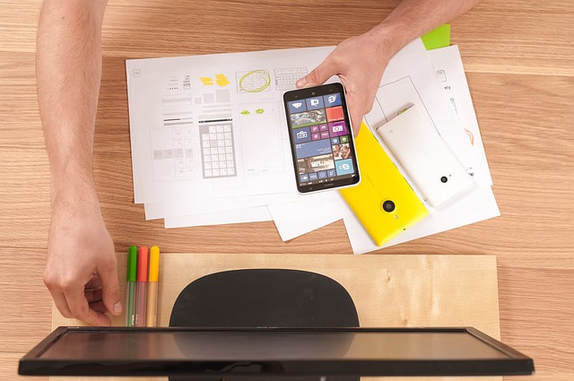But just because a product looks good, doesn’t mean that it performs in par with the expectations. For instance, your interviewer may think that you look great, but if you cannot answer his questions correctly, then you will not get the job.
There are three simple guidelines that you must follow to build a great product. Each of these principles are dependent on one another. Let’s take a look at these guidelines.
Desirability
There are times when software designers wonder, “The UX was great but I wasn’t able to design it the way the most trending app has been designed.” Design is user-centric and the more feedback you will receive from the people, the more functional design features can be inserted.
The key is to understanding the target audience; what problem do they have and what problem are you solving? This kind of interaction will fill the gaps from the design perspective. When you bring out the ideas and discuss them with your users, you will begin to understand the product’s strengths and weakness.
Viability
If your business doesn’t yield the output and make some money, then the product will get killed or not receive any sort of funding. Improving the ROI and keep a track of its success proves that it’s a business that is worth investing into. A good start is when you can define clear metrics to validate your Unique Value Proposition. This helps you focus more on the effort required.
Designing a product that is cost-effective and has long term goals will generate more value than a product that isn’t designed to suit the needs in the long term or requires a lot of financial investment before its first output. If you manage to get your customers interested in the product and investing monetarily, then consider that you have passed the product validation test.
Feasibility
You might come up with crunched timelines and operationally and technically sounding solutions but it’s not always easy to complete it. The focus should not always be on the technical aspect but one should also focus on the feasibility, i.e. operations and actors.
“Actors are all the people that live and operate on the peripheral of the user.” To know who the actors are, you must look at the customer experience in context and investigate what needs to be true to create a smooth experience for the user.
You might hire trainees, third parties or hire an operational team, peripheral actors that are unable to see your vision, or consider the product as a threat can become a huge risk to the product’s feasibility. You must communicate, reiterate the product features and ensure that the team is working towards the correct output required for the product.
Conclusion
So, let’s recapitulate the learning with the help of three points:
Keep your aim fixed towards the long term goal. Don’t underestimate the hindrances that you might foresee to reach this goal. Instead, huddle as a team and think of the best way to get over them. The best way to keep track of the product design, take a chart paper and title it with your long term goal. Note each step (from the below to up) that you are taking towards that long term goal to validate and dismiss the assumptions and the risk that your product might face.
Preparation is the key. It’s important to collect your data to understand your customer’s sprint. Running design sprints will help you map out the customer’s journey involving all actors. By rolling out prototype and get feedback from the customers, you can test the hypotheses while keeping momentum, and at the same time keeping your stakeholders happy.
These steps will lead to building a Minimal Viable Product that your user base can discover, test and talk about. Your product’s design will be measured with the three principles that you’ve taken into account desirability, viability and feasibility.
If you get a product idea next time, save on expensive remodels and embed it with the product design from inception!




